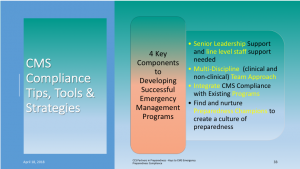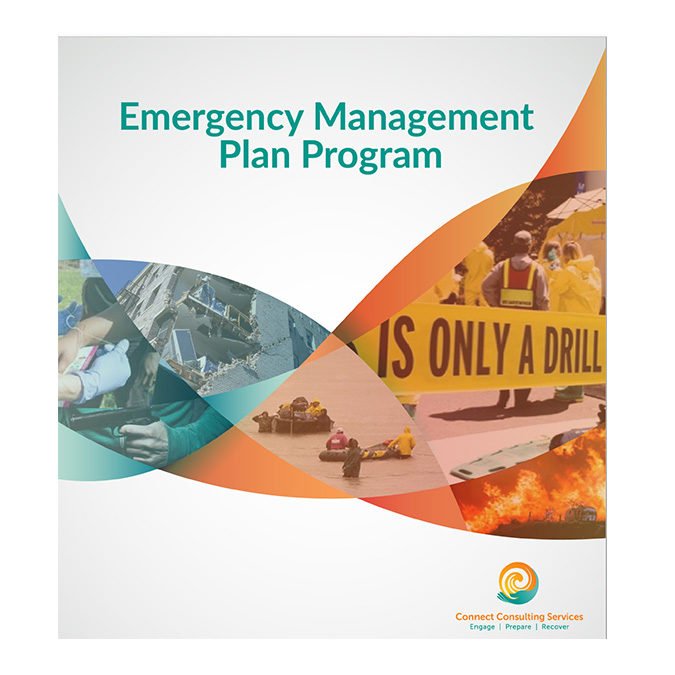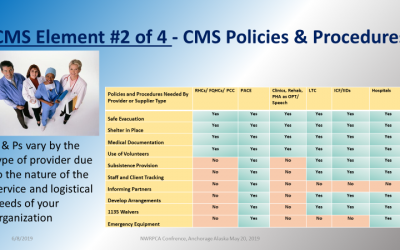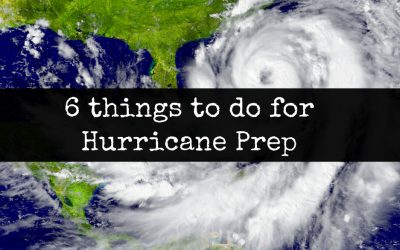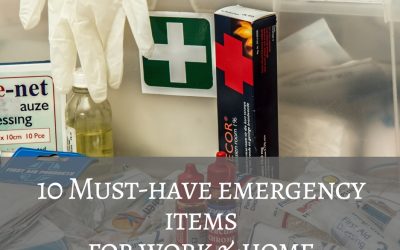It’s everything you need in one place.
The world of compliance in healthcare organizations can be confusing and overwhelming. The Center for Medicare and Medicaid Services (CMS) emergency preparedness rules seem convoluted and are steeped in jargon when what organizations really need is a step-by-step plan for how to accomplish the goal. If you are unsure of where to start or how to move forward, CCS has put together the ultimate CMS Emergency Preparedness Planning Toolkit and it is now available to you!
There are four key components to developing your successful CMS emergency preparedness compliance program. Understanding each element and how it fits into your healthcare organization is critical to your program’s success. Here are the four key areas to focus on:
1. Buy-in
Like all good plans and programs, support must come from senior leadership. Emergency management and response must be seen as a top priority from the organization’s leadership. It must be on agendas, it must be a topic of discussion. A self assessment must occur with a crosswalk in order to determine where an organization is, and where it needs to go. When senior leadership focuses on something, it quickly trickles down to middle management and line-level leaders. This makes everyone in the organization aware of what is going on and motivates them to get on board. Not sure where to start with a crosswalk? It’s in our Toolkit.
2. Teamwork
The most compliant emergency management plan in the world is not going to be effective if not implemented to the team. All members of the team need to be included in both the planning and the testing of the response plan. When administrators, leadership, and clinical providers look at a problem or solution, they see it very differently. All of these groups need to have input as to how the plan will affect patients and employees, and time and resources must be dedicated to testing the plan. A plan is only paper, until it’s been tested. Making sure your employees can function as a team in a simulated emergency is imperative to preparing. Our Toolkit includes a implementation guide on how to develop an effective CMS compliance program, an exercise design guidebook, after action report template, sample exercise plan, and sample tabletop exercise PowerPoint presentation template to help you develop your Training and Plan Testing Program.
3. Integrate
If you already have a response plan, don’t ditch it and start from scratch. Use what you have and improve upon it using the Toolkit. Integrating your current plan into a new plan that meets all the requirements for compliance, will save you time and money. The templates included can be used to help you plan for specific emergency events, particularly the hazards that are most likely to affect your organization.
4. Culture
Placing an emphasis on preparedness within your organization will help all of this come together quickly and effectively. Organizations that respond well in emergencies have cultivated a culture of preparedness, one where preparedness is valued. By conducting trainings, inviting feedback from all personnel and remaining honest and upfront about changes, your organization will be best equipped to handle any emergency situation. Finding and nurturing preparedness champions will create buy in with the rest of your workplace.
Are you ready to get started? CCS has launched a CMS Planning Toolkit that is now available for you to purchase. This Toolkit includes a CMS quick start guide, self-assessment tools and crosswalk, various templates addressing an all hazards approach, and a robust training and exercise guide to help you meet compliance. Let us know what questions you have and get started on the road to compliance today!
